Cornus officinalis
[Family and medicinal part] This product is the mature pulp of Cornus officinalis, a plant of the Cornaceae family.
[Nature and flavor and meridians] Sour, astringent, slightly warm. Enters the liver and kidney meridians.
[Effects] Nourishes the liver and kidneys, astringes the essence, and astringes sweat.
[Clinical application] 1. Used for liver and kidney deficiency, dizziness, tinnitus, backache and other symptoms.
Cornus officinalis has the function of nourishing the liver and kidneys. For dizziness, backache and other symptoms caused by liver and kidney deficiency, it is often used in combination with Rehmannia glutinosa, Lycium barbarum, Cuscuta australis, Eucommia ulmoides, etc.
2. Used for spermatorrhea, enuresis, frequent urination, and excessive sweating.
Cornus officinalis is sour, astringent and astringent, and can nourish the kidneys and consolidate essence. It can be used for spermatorrhea and frequent urination caused by insufficient kidney yang, and is often used in combination with Rehmannia glutinosa, Cuscuta australis, Tribulus terrestris, Psoralea corylifolia, etc.; for excessive sweating, this product has the effect of astringing sweat and can be used with dragon bones, oysters, etc.
In addition, this product can also consolidate menstruation and stop bleeding. It can be used to treat women’s physical weakness, menorrhagia and other symptoms. It can be used in combination with cooked rehmannia, angelica, white peony, etc.
[Prescription name] Cornus officinalis, clean cornus officinalis, cornus officinalis (steamed).
[General dosage and usage] One to three coins, decocted and taken.
[Comments] 1. Cornus officinalis is slightly warm but not hot. It is a medicine that balances yin and yang. It can be used regardless of yin deficiency or yang deficiency. It can both nourish the liver and kidneys and astringe and consolidate; it can nourish and astringe, which is another feature of it.
2. After processing, this product is shaped like the skin of black dates, so it is called “date skin” in some areas. Because it is sour and astringent, it is not suitable for people with damp heat and difficulty urinating.
[Example of prescription] Cornus officinalis pill “Puji Fang”: Cornus officinalis, raspberry, dodder seed, Morinda officinalis, ginseng, paper mulberry, Schisandra chinensis, Radix Polygoni Multiflori, Cinnamon, Tianxiong, Rehmannia glutinosa. Treat kidney deficiency, weakness of waist and knees, frequent urination.
[Literature excerpt] “Ben Jing”: “It treats evil qi under the heart, warms the middle with cold and heat, expels cold and dampness, and removes three worms.”
“Bie Lu”: “It strengthens yin and benefits essence, calms the five internal organs, opens the nine orifices, and stops urination.”
“Tangye Bencao”: “Slippery qi will cause loss of qi, and astringents are used to collect it. Cornus officinalis stops urination and retains essence and qi. Its sour and astringent taste is used to collect slippery.”
This product is the dried mature pulp of Comus officinalis sieb.et Zucc, a plant of the Cornaceae family. Harvest the fruit when the peel turns red in late autumn and early winter, bake it over a low fire or blanch it in boiling water, remove the core in time, and dry it.
【Properties】
This product is irregularly flake or sac-shaped, 1~1.5cm long and 0.5~1cm wide. The surface is purple-red to purple-black, wrinkled and shiny. Some have round calyx scars at the top and pedicel scars at the base. The texture is soft.
Slight smell, sour, astringent and slightly bitter.
【Identification】
(1) This product is pink and reddish brown. The epidermal cells of the fruit peel are orange-yellow, polygonal or rectangular in surface view, 16~30um in diameter, with bead-like thickening of the pericarp wall, granular keratin thickening of the outer pericarp wall, and the cell cavity contains light orange-yellow substances. The mesocarp cells are orange-brown and mostly wrinkled. There are a few calcium oxalate clusters with a diameter of 12~32um. The stone cells are square, oval or rectangular, with obvious pits and large cell cavities.
(2) Take 0.5q of the powder of this product, add 10ml of ethyl acetate, ultrasonically treat for 15 minutes, filter, evaporate the filtrate, add 2ml of anhydrous ethanol to dissolve the residue, and use it as the test solution. Take another ursolic acid reference substance and add anhydrous ethanol to make a solution containing 1mg per 1ml, which is used as the reference solution. According to the thin layer chromatography method (General Rule 0502), take 5 of the above two solutions and spot them on the same silica gel G thin layer plate, use toluene-acetic acid ethyl ester-formic acid (20:4:0.5) as the developing agent, develop, take out, dry, spray with 10% sulfuric acid ethanol solution, and heat at 105℃ until the spots are clearly colored. In the chromatogram of the test product, at the corresponding position of the chromatogram of the reference substance, the same purple-red spots appear; when examined under ultraviolet light (365nm), the same orange-yellow fluorescent spots appear.
(3) Take 0.5g of the powder of this product, add 10ml of methanol, ultrasonically treat for 20 minutes, filter, evaporate the filtrate, and add 2ml of methanol to the residue to dissolve it as the test solution. Take morroniside reference substance and loganin reference substance separately, add methanol to make a mixed solution containing 2mg of each per 1ml, as the reference solution. According to the thin layer chromatography method (General Rule 0502), take 2ml of the above two solutions and spot them on the same gel G thin layer plate, use chloroform-methanol (3:1) as the developing agent, develop, take out, dry, spray with 10% sulfuric acid ethanol solution, heat at 105℃ until the spots are clearly colored, and examine under ultraviolet light (365nm). In the chromatogram of the test product, at the corresponding position of the chromatogram of the reference substance, a fluorescent spot of the same color appears.
[Inspection]
Impurities (fruit core, fruit stalk) shall not exceed 3% (General Rule 2301). Moisture content shall not exceed 16.0% (General Rule 0832 Method 2)
Total ash content shall not exceed 6.0% (General Rule 2302)
Heavy metals and harmful elements shall be determined according to the lead, cadmium, arsenic, mercury and copper determination method (General Rule 2321 Atomic absorption spectrophotometry or inductively coupled plasma mass spectrometry), lead shall not exceed 5mg/kg; cadmium shall not exceed 1mg/kg; arsenic shall not exceed 2mg/kg; mercury shall not exceed 0.2mg/kg; copper shall not exceed 20mg/kg.
[Extract]
Determined by the cold leaching method under the water-soluble extract determination method (General Rule 2201), it shall not be less than 50.0%. [Content determination]
Determined according to the high performance liquid chromatography method (General Rule 0512).
Chromatographic conditions and system suitability test Octadecylsilane bonded silica gel was used as filler; acetonitrile was used as mobile phase A, 0.3% phosphoric acid solution was used as mobile phase B, and gradient elution was performed according to the provisions in the following table; the detection wavelength was 240nm; the column temperature was 35℃. The number of theoretical plates calculated based on the loganin peak should not be less than 10,000.
Preparation of reference solution Take appropriate amount of morroniside reference and loganin reference, accurately weigh, add 80% methanol to make a mixed solution containing 50ug per 1ml, and obtain.
Preparation of test solution Take about 0.2g of the powder of this product (passed through No. 3 sieve), accurately weigh, place in a stoppered conical flask, accurately add 80% methanol 25ml, weigh, heat and reflux for 1 hour, cool, weigh again, make up the lost weight with 80% methanol, shake well, filter, and take the filtrate to obtain.
Determination method: accurately take 10u of reference solution and test solution respectively, inject into liquid chromatograph, and determine. The total amount of morroniside (C17H26011) and loganin (C7H26010) of this product calculated on the basis of dry product shall not be less than 1.2%
Decoction piece
[Processing]
Cornus fruit Remove impurities and residual kernels.
[Properties][Identification][Inspection]
(Water content Total ash)
[Content determination]
Same as medicinal material.
Cornus wine Take clean cornus fruit, stew or steam according to the wine stewing method or wine method (General Rule 0213) until the wine is absorbed.
[Properties]
This product is shaped like cornus, with purple-black or black surface, moist and soft texture. Slightly has wine aroma.
[Content determination]
Same as medicinal material, the total amount of morroniside (C17H26011) and loganin (C17H26010) shall not be less than 0.70%. [Identification] [Inspection]
(Water content, total ash)
[Extract]
Same as medicinal materials.
[Nature and flavor and meridians]
Sour, astringent, slightly warm. Enter the liver and kidney meridians.
[Functions and indications]
Tonify the liver and kidney, astringent and consolidate. Used for dizziness and tinnitus, soreness of waist and knees, impotence and spermatorrhea, enuresis and frequent urination, metrorrhagia and leukorrhea, sweating and collapse, internal heat and thirst.
[Usage and dosage]
6~129.
[Storage]
Put in a dry place to prevent moth.
Where is the main origin of Cornus officinalis?
Ecological environment
Grows at the edge of the forest or in the forest at an altitude of 400~1500m, rarely up to 2100m.
Resource distribution
Distributed in Shanxi, Shaanxi, Gansu, Shandong, Guanzhu, Anhui, Jiangxi, Henan, Hunan and other places. Sichuan has introduced cultivation.
What are the main medicinal parts of Cornus officinalis?
Medicinal parts of Cornus officinalis:
It is the dried mature flesh of Cornus officinalis Sieb.et Zucc., a plant of the Cornaceae family. The fruits are harvested when the peel turns red in late autumn and early winter, and the pits are removed and dried in time after being baked over a low fire or scalded in boiling water. Characteristics of the medicinal parts of Cornus officinalis:
This product is irregularly flaky or sac-shaped, 1~1.5cm long and 0.5~1cm wide. The surface is purple-red to purple-black, wrinkled and shiny. Some have round calyx marks at the top and fruit pedicel marks at the base. The texture is soft. The smell is slight, and the taste is sour, astringent and slightly bitter.
How are Cornus officinalis recorded in ancient books?
“Famous Doctors’ Records”: “Treats deafness, facial sores, warms the middle, lowers qi, sweats, strengthens yin, benefits essence, calms the five internal organs, opens the nine orifices, stops urination, improves eyesight, and strengthens
force.
“Thunder God’s Theory of Paozhi”: “Strengthens vital energy and secretes essence.
Effects
Cornus officinalis has the effects of nourishing the liver and kidneys, astringing and consolidating.
What are the main effects and clinical applications of Cornus officinalis?
Cornus officinalis is used for dizziness and tinnitus, soreness of waist and knees, impotence and spermatorrhea, enuresis and frequent urination, metrorrhagia and leukorrhea, sweating and collapse, internal heat and thirst.
Liver and kidney deficiency syndrome
·Treats soreness of waist and knees, dizziness and tinnitus caused by liver and kidney yin deficiency, and is often used with Rehmannia glutinosa, Chinese yam, Poria cocos and other drugs.
Treat liver and kidney deficiency, yin deficiency and blood deficiency, dizziness, tinnitus and dry throat, afternoon hot flashes, back and leg pain, etc., often used with angelica, white peony root, cooked rehmannia, etc.
Physical weakness and slipping syndrome
Treat spermatorrhea and spermatorrhea due to kidney deficiency and weak sperm gate, often used with golden cherry fruit, Euryale ferox, etc. .
Treat enuresis and frequent urination due to kidney deficiency and bladder failure, often used with Alpinia oxyphylla and Chinese yam, etc. .
Treat spleen and kidney deficiency, metrorrhagia and menorrhagia due to weak Chong and Ren meridians, or leukorrhea due to failure of belt meridian, the former is often used with dragon bone, astragalus, white atractylodes, etc.
The latter is often used with lotus seeds, Euryale ferox, etc.
Treat excessive sweating and physical weakness and slipping, it is suitable to be used with ginseng, aconite, dragon bone, etc.
In addition, this product can also be used for liver and kidney deficiency, internal heat and thirst, and asthma due to kidney failure.
What other effects does Cornus officinalis have?
In my country’s traditional food culture, some Chinese medicinal materials are often widely consumed as food ingredients among the people, that is, substances that are both food and Chinese medicinal materials according to tradition (i.e. edible medicinal substances). According to the documents issued by the National Health Commission and the State Administration for Market Regulation, Cornus officinalis can be used as both medicine and food within a limited range of use and dosage.
Common medicinal diet recipes for Cornus officinalis are as follows:
Spermatorrhea, spontaneous sweating, night sweats
1 cup of Cornus officinalis, 2 spoons of honey, and an appropriate amount of polished rice. Cook porridge.
Impotence, sore waist and knees, fatigue and weakness
15g Cornus officinalis, 15g wolfberry, 150g shrimp, 100g celery, add seasoning and stir-fry until cooked.
Uterine prolapse
9g Cornus officinalis, 30g processed Polygonum multiflorum, 3 eggs. Boil Polygonum multiflorum and Cornus officinalis in water, remove the residue and add eggs. The use of Chinese herbal medicines must be treated according to syndrome differentiation and should be used under the guidance of professional Chinese medicine practitioners. They should not be used at will, and should not be used at will by Chinese medicine prescriptions and advertisements.
What are the compound preparations containing Cornus officinalis?
Liuwei Dihuang Pills
Nourishes yin and kidneys. Used for kidney yin deficiency, dizziness, tinnitus, sore waist and knees, bone steaming, hot flashes, night sweats and spermatorrhea, and thirst. Guishao Dihuang Pills
Nourishes the liver and kidneys, replenishes yin and blood, and clears away heat. Used for liver and kidney deficiency, yin deficiency and blood deficiency, dizziness, tinnitus and dry throat, afternoon hot flashes, waist and leg thinness and pain, and heel pain.
Zhibai Dihuang Pills
Nourishes yin and reduces fire. Used for yin deficiency and fire, hot flashes and night sweats, dry mouth and sore throat, tinnitus and spermatorrhea, and short and red urine.
Yougui Pills
Warms and replenishes kidney yang, replenishes essence and stops spermatorrhea. Used for kidney yang deficiency, life gate fire decline, waist and knee coldness, lack of energy, fear of cold, impotence and spermatorrhea, and loose stools.
Frequent and clear urination.
Gu Chong Tang
Replenishes Qi and strengthens the spleen, consolidates Chong and absorbs blood. It is mainly used to treat spleen and kidney deficiency and Chong meridian instability.
How to use
Cornus has the effect of nourishing the liver and kidney, astringing and consolidating. Generally, cornus slices are used and decocted.
How to use cornus correctly?
When cornus decoction is taken orally, the common dosage is 6~12g, which can be reused up to 30g.
Cornus can be processed by different methods to produce Chinese medicinal materials such as cornus flesh, wine cornus flesh and steamed cornus flesh. Different processing methods have different effects, but the method of use is the same. Please follow the doctor’s advice for specific medication.
Cornus is generally used in decoctions, decocted and taken, and can also be made into powder or pills for consumption. However, the use of Chinese medicinal materials must be based on syndrome differentiation and treatment, and should be used under the guidance of professional Chinese medicine practitioners. They should not be used at will, and should not be used at will, let alone listen to Chinese medicine prescriptions and advertisements.
Cornus officinalis can also be used for wine soaking. It can be used with Chinese medicines such as Schisandra chinensis and Chinese yam to soak wine, which can nourish the essence and strengthen the spleen and stomach.
How to prepare Cornus officinalis?
Cornus officinalis
Take the original medicinal materials, remove impurities and residual cores, wash and dry
Wine Cornus officinalis
Take clean Cornus officinalis, mix it with rice wine, wait until the wine is absorbed, seal it in a can and stew it in water or steam it in a steamer, heat it with high heat until the color of Cornus officinalis turns black and moist, and take it out to dry. For every 100kg of Cornus officinalis, use 20kg of rice wine.
Steam Cornus officinalis
Put it in a steamer or a suitable steamer, first use high heat, wait for the “round air” to change to low heat, steam until the skin is purple-black, turn off the heat and simmer overnight, take out the Cornus officinalis, and dry it.
Which drugs should be used with Cornus officinalis at the same time and pay special attention?
The combined use of Chinese medicine and the combined use of Chinese and Western medicine requires syndrome differentiation and treatment, and clinical individualized treatment.
If you are taking other medications, please consult a doctor before taking the medicine, and inform your doctor of all your confirmed diseases and treatment plans.
Medication Instructions
Cornus officinalis warms and strengthens the body, so people with a burning fire in the gate of life, damp heat, and difficulty urinating should be cautious when taking it.
What precautions should be taken when using Cornus officinalis?
·People with damp heat that causes urinary incontinence should not take it.
During medication, you should avoid eating cold, raw and cold foods, spicy and greasy foods, and avoid smoking and drinking. · Pregnant and breastfeeding women: If you are pregnant, planning to become pregnant, or are breastfeeding, please inform your doctor in time and ask whether Chinese medicine can be used for treatment.
· Children: Children’s medication must be taken under the guidance of a doctor and adult supervision.
Please keep the medicinal materials properly and do not give the medicinal materials you use to others. .
· Avoid using copper or iron utensils to decoct medicine.
Medication Tips
The most frequently asked questions by patients
How to make Cornus officinalis porridge
[Composition] Cornus officinalis 15g, 60g polished rice, and appropriate amount of white sugar. [Preparation and Usage] Wash and remove the core of Cornus officinalis, put it into a casserole with japonica rice and cook it into porridge. When the porridge is almost done, add sugar and cook it for a while. Twice a day. One course of treatment is 3 to 5 days.
[Effects] Nourishes the liver and kidneys, astringes spermatorrhea, stops nocturnal emission, and astringes sweat and consolidates the body.
[Main Indications and Applications] Liver and kidney deficiency syndrome. It is used for soreness of waist and knees, dizziness and tinnitus, impotence and spermatorrhea, nocturnal emission, frequent urination, and metrorrhagia, menorrhagia, excessive sweating, and excessive vaginal discharge caused by Chong and Ren deficiency.
[Precautions for use] This prescription is good at tonifying and astringing, and it is not suitable for people with unexhausted evil spirits.
What is the difference between Evodia rutaecarpa and Cornus officinalis?
Both medicines belong to the liver and kidney meridians and have the effect of warming the kidney and assisting yang. However, Evodia rutaecarpa is a warming medicine, with a pungent, dispersing, bitter and purging nature, and hot and cold-dispelling properties. It can disperse the cold evil in the liver meridian and relieve the stagnation of liver qi, and is an important medicine for treating liver cold and qi stagnation pains; it can also warm the middle and stop vomiting, and is used for symptoms of stomach cold and vomiting; it can also warm the spleen and benefit the kidney, assist yang and stop diarrhea, and is a commonly used medicine for treating spleen and kidney yang deficiency and diarrhea at dawn. Cornus officinalis is an astringent medicine with a slightly warm and moist nature. It is warm but not dry, and nourishing but not harsh. It can both nourish kidney essence and warm kidney and assist yang; it can both nourish yin and nourish yang, and is an important medicine for nourishing the liver and kidney, and is used for liver and kidney deficiency, dizziness, soreness of waist and knees, impotence, etc.; it can both nourish the kidney and benefit essence, and consolidate essence and stop nocturnal emission, and is used for nocturnal emission and enuresis; it can also nourish the liver and kidney, consolidate Chong and Ren meridians, and is used for metrorrhagia and menorrhagia.

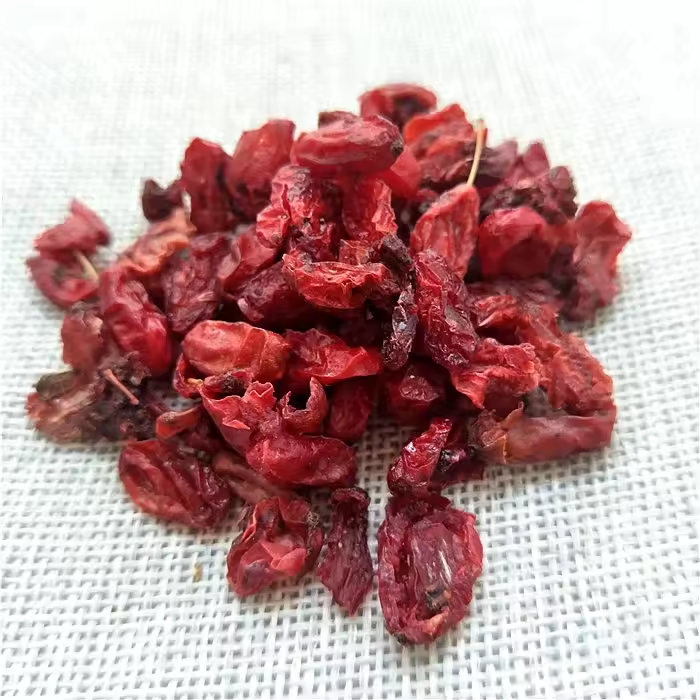
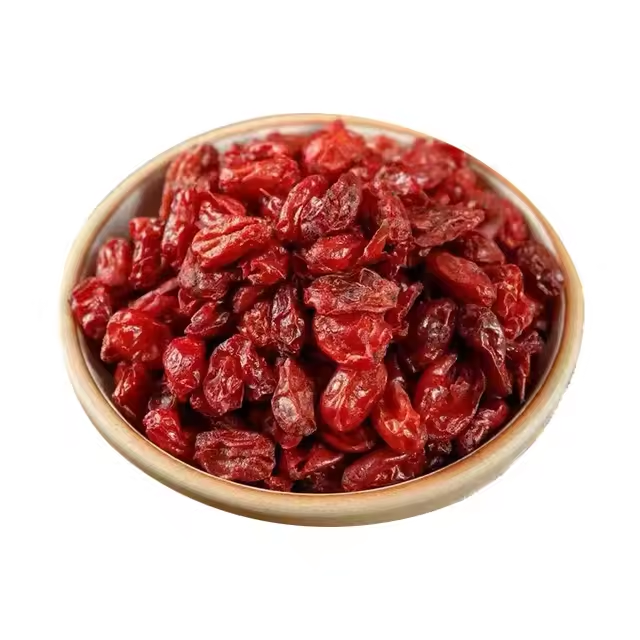


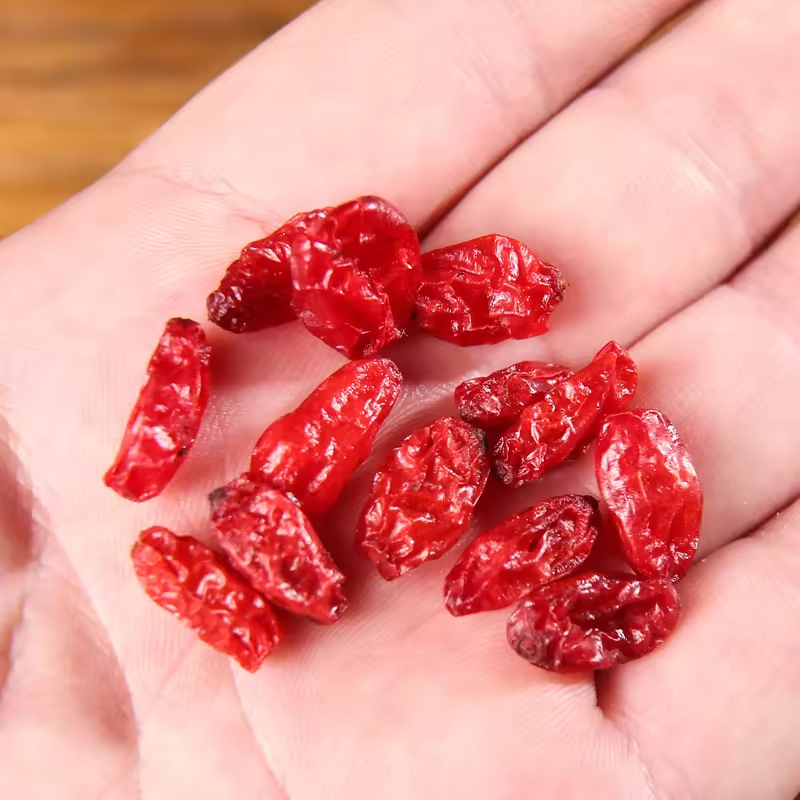

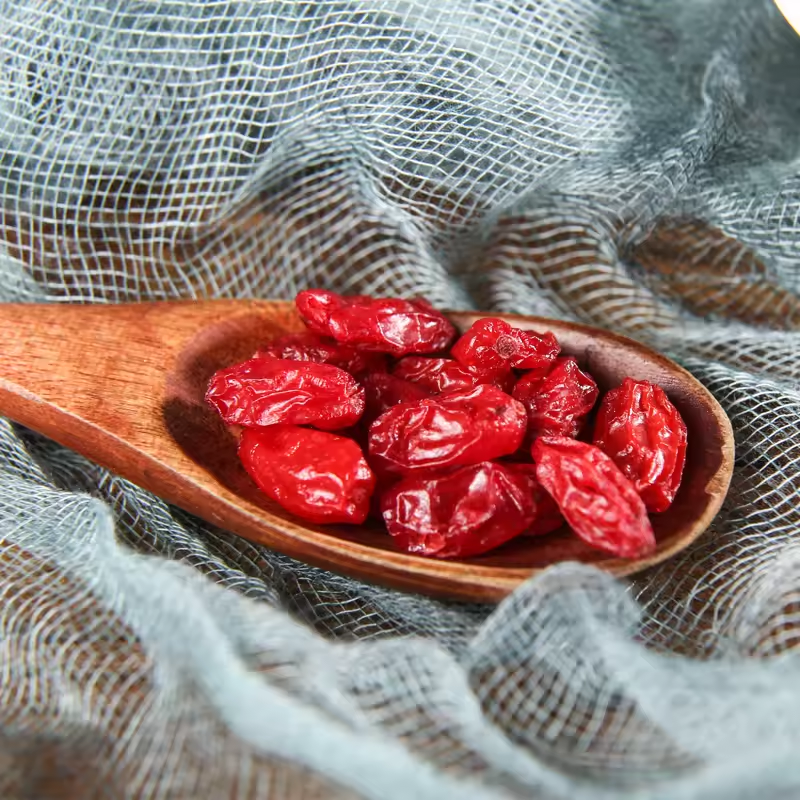
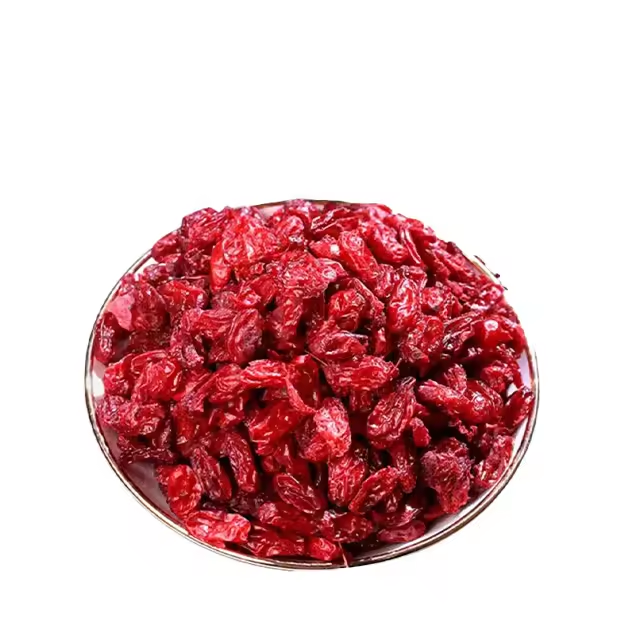
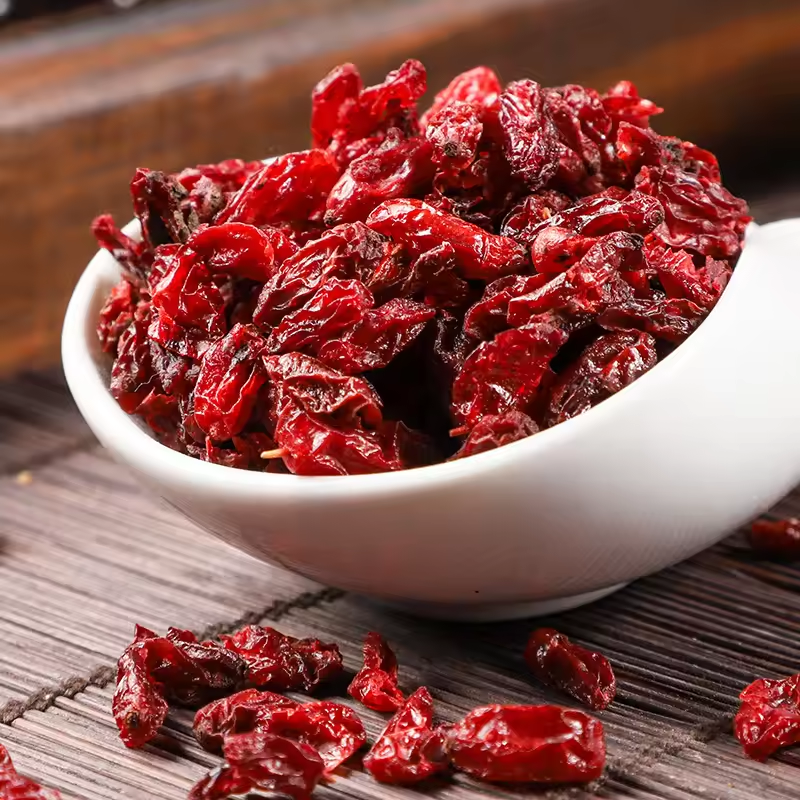



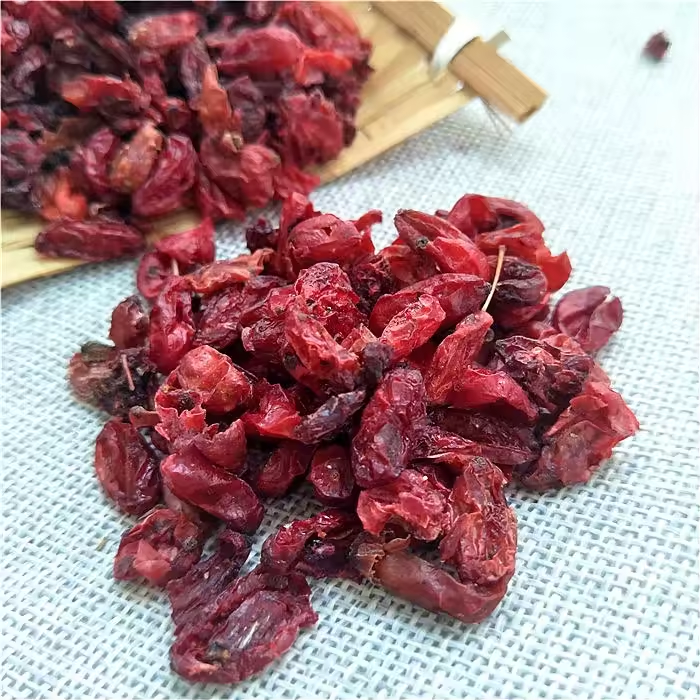
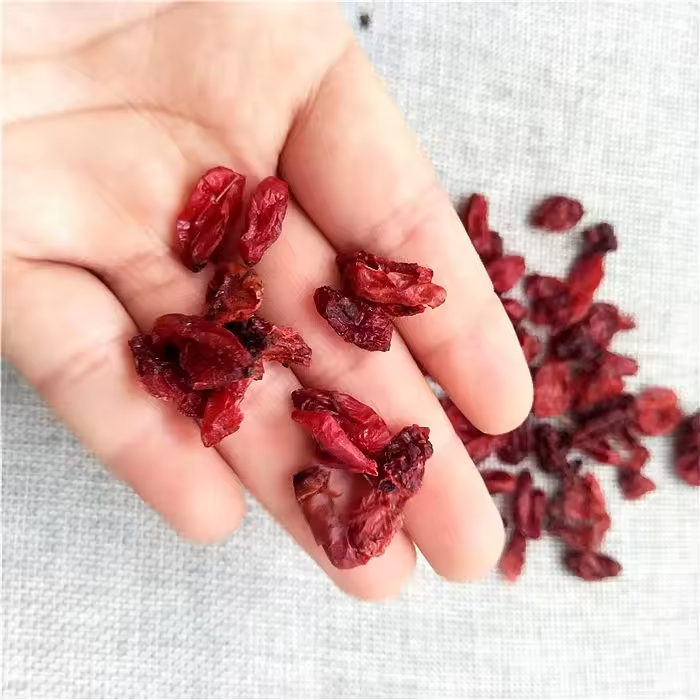

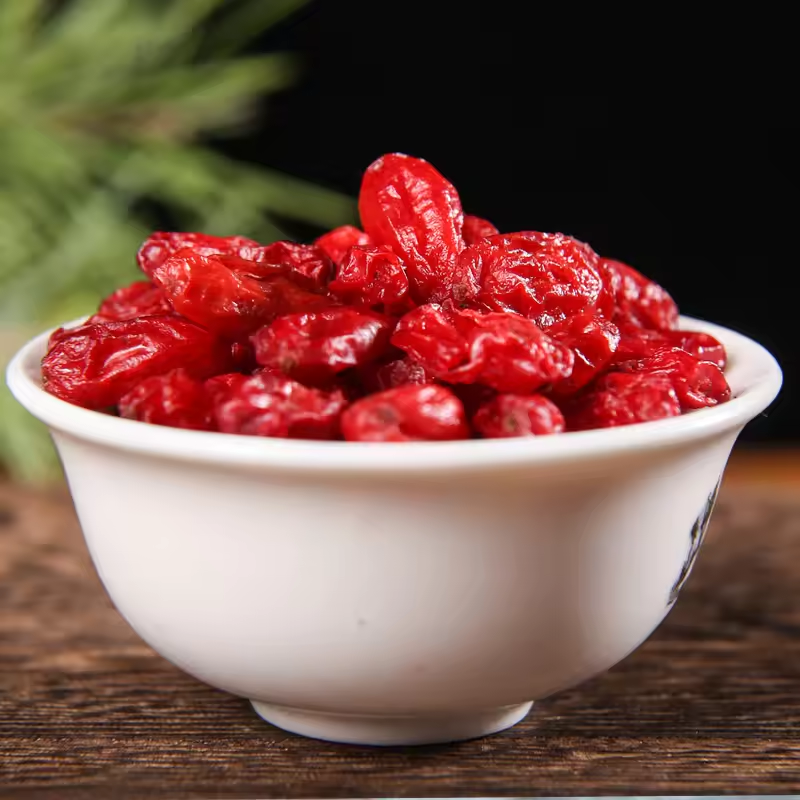
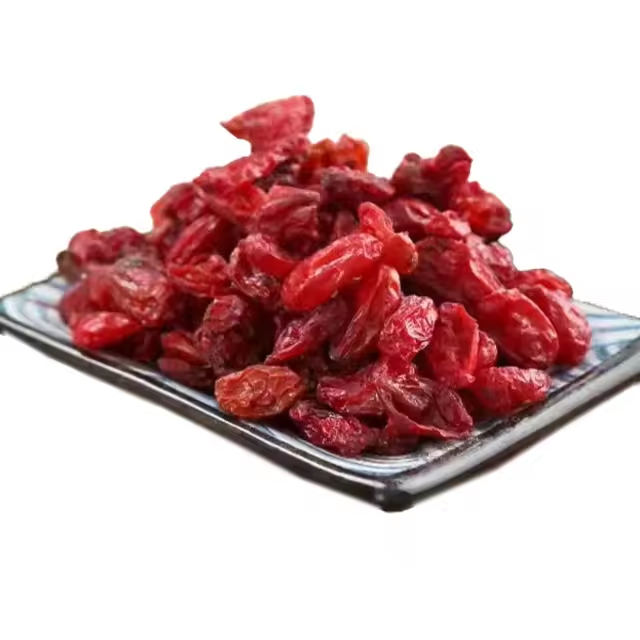
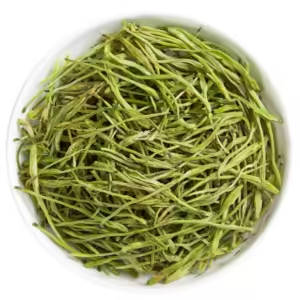
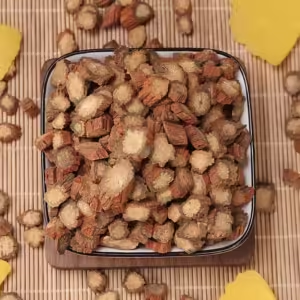
Reviews
There are no reviews yet.